When choosing an electric bike, drivetrain type is often overlooked — but it can have a significant impact on your riding experience. The two main options are chain drive and belt drive systems, each with its own advantages and trade-offs. Whether you're commuting daily, exploring trails, or simply riding for leisure, understanding these systems can help you make an informed decision.
What Is a Chain Drive?
The chain drive is the traditional setup found on most bicycles. It uses roller chains to transfer power from the pedals to the rear wheel, often paired with a derailleur and cassette or an internal gear hub.
Pros of Chain Drive eBikes:
-
Widespread Availability: Chains, cassettes, and other components are easy to find and replace.
-
Lower Initial Cost: Chain drive bikes are generally more affordable upfront.
-
Compatibility with Derailleurs: Ideal for riders who want a wide range of gears for climbing or performance.
⚠️ Cons:
-
Higher Maintenance: Requires regular lubrication and cleaning.
-
Prone to Wear and Stretch: Chains can wear out faster under high torque or poor conditions.
-
Noise: Chains tend to be noisier, especially when dirty.
What Is a Belt Drive?
A belt drive system uses a high-strength carbon-reinforced belt — instead of a chain — to transfer power. It typically requires a single-speed setup or is paired with an internal gear hub like the Shimano Nexus INTER-8.

Pros of Belt Drive eBikes:
-
Low Maintenance: No lubrication needed, and the belt lasts 2–3 times longer than a chain.
-
Clean & Quiet: No grease, no mess, and whisper-quiet operation.
-
Durable in All Conditions: Ideal for commuting in rain, snow, or dusty environments.
Cons:
-
Higher Initial Cost: Belt drive systems add to the bike’s price.
-
Frame Compatibility: Only works with frames specifically designed for belt drives (needs a split in the rear triangle).
-
Limited Gear Options: Typically paired with internal gear hubs, which may not offer the same range or responsiveness as a derailleur setup.
Key Comparison Table
| Feature | Chain Drive | Belt Drive |
|---|---|---|
| Maintenance | High (lubing, cleaning) | Very low (no lube needed) |
| Durability | 2,000–4,000 km | 10,000+ km |
| Noise | Moderate to loud | Near silent |
| Cleanliness | Greasy | Clean |
| Gear Options | Wide (derailleur-compatible) | More limited (internal hubs only) |
| Cost (initial) | Lower | Higher |
| Frame Compatibility | Universal | Belt-specific frame required |
Who Should Choose What?
-
Choose a Chain Drive eBike if:
-
You want the lowest upfront cost.
-
You need a wide gear range for varied terrain.
-
You're comfortable with regular maintenance.
-
-
Choose a Belt Drive eBike if:
-
You want a clean, low-maintenance ride.
-
You mostly ride on roads or smooth paths.
-
You're investing in a long-term, premium commuting solution.
-
Final Thoughts
Both belt drive and chain drive eBikes have their place in the market. For daily commuters or anyone seeking a reliable, fuss-free ride, a belt drive eBike offers long-term convenience and cleaner performance. Meanwhile, those looking for versatility, especially in hilly areas or on a tighter budget, may prefer the tried-and-true chain drive system.
At the end of the day, the best drivetrain is the one that suits your riding style, environment, and maintenance preferences.
Still undecided between belt or chain? Browse our collection or book a test ride to see what suits you!

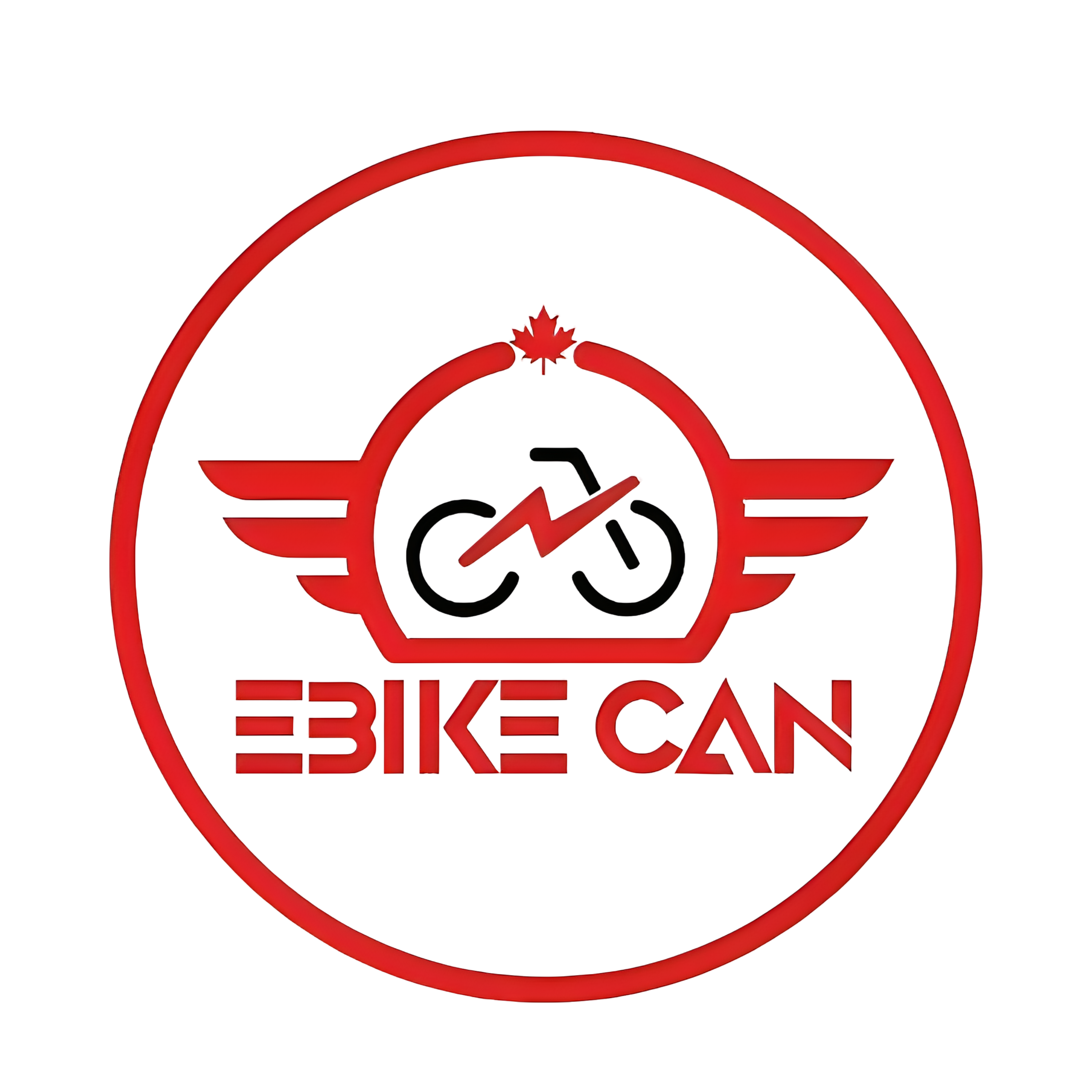

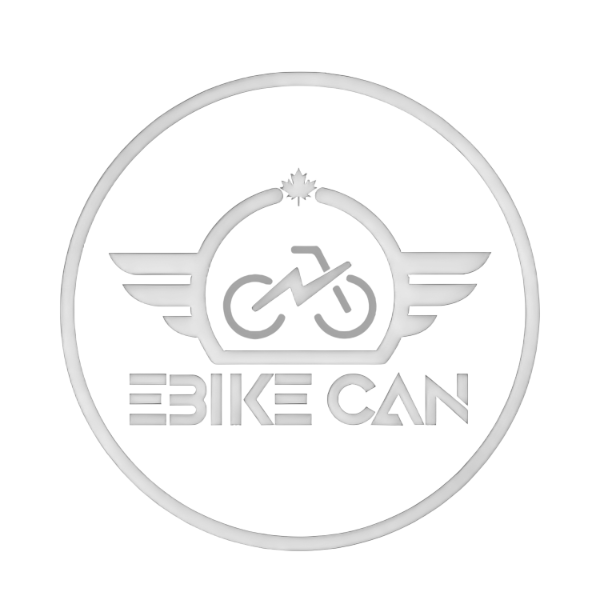
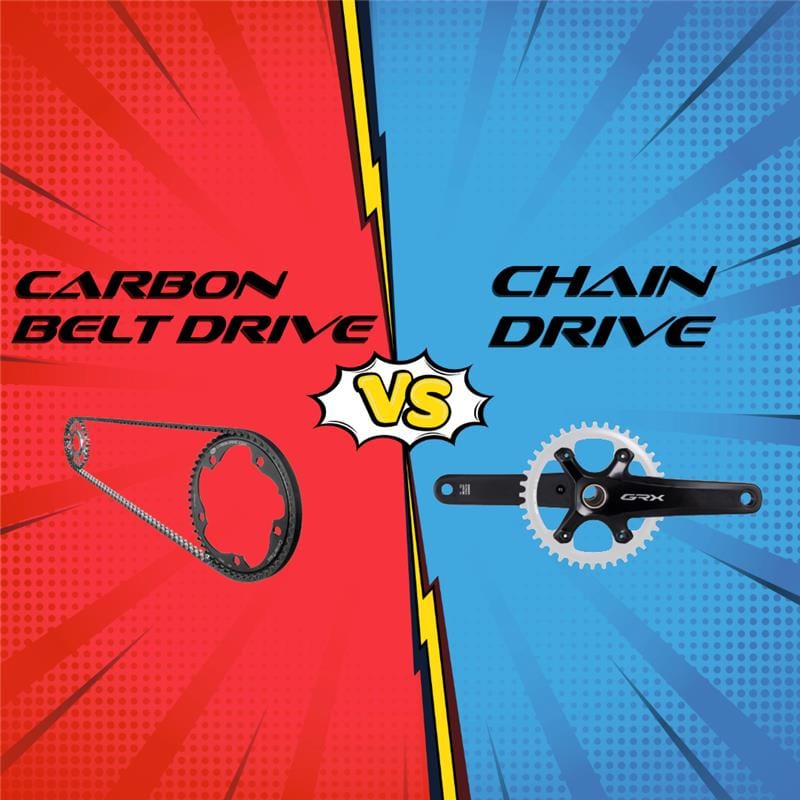
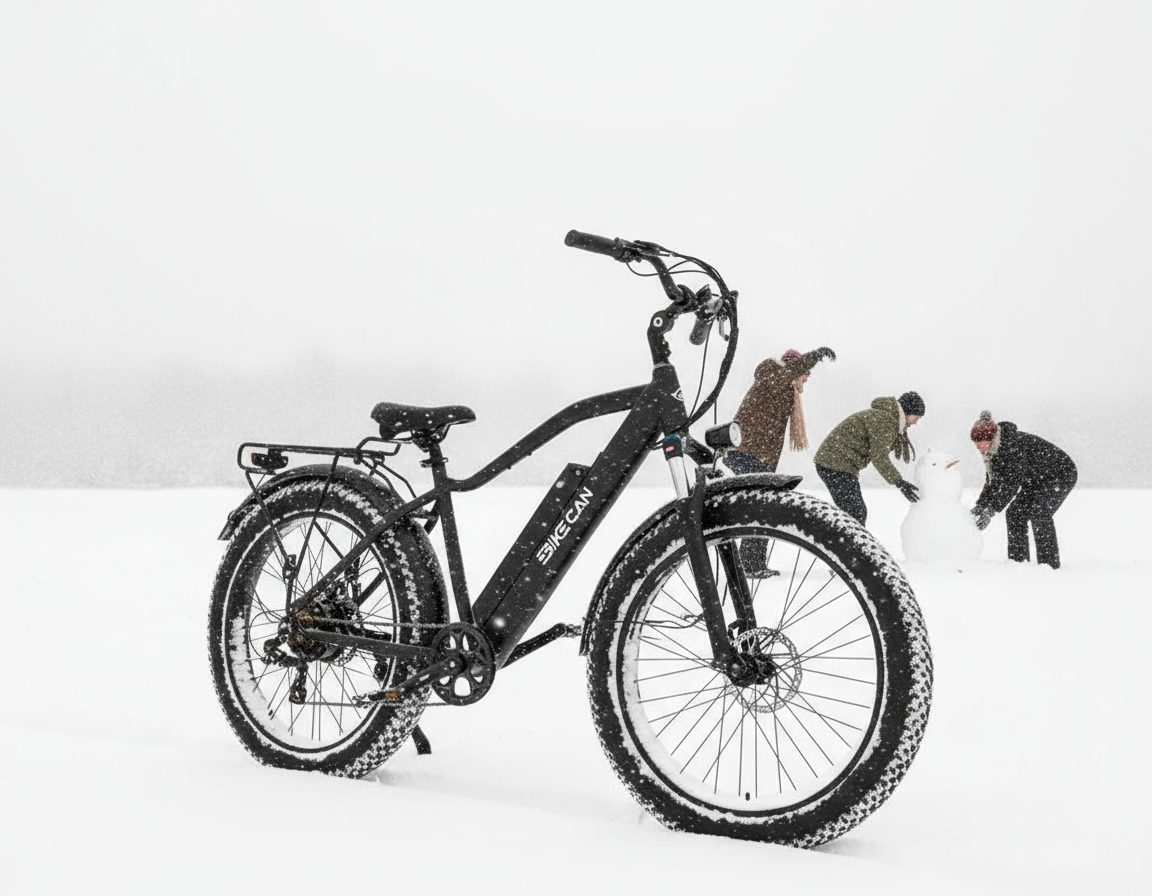
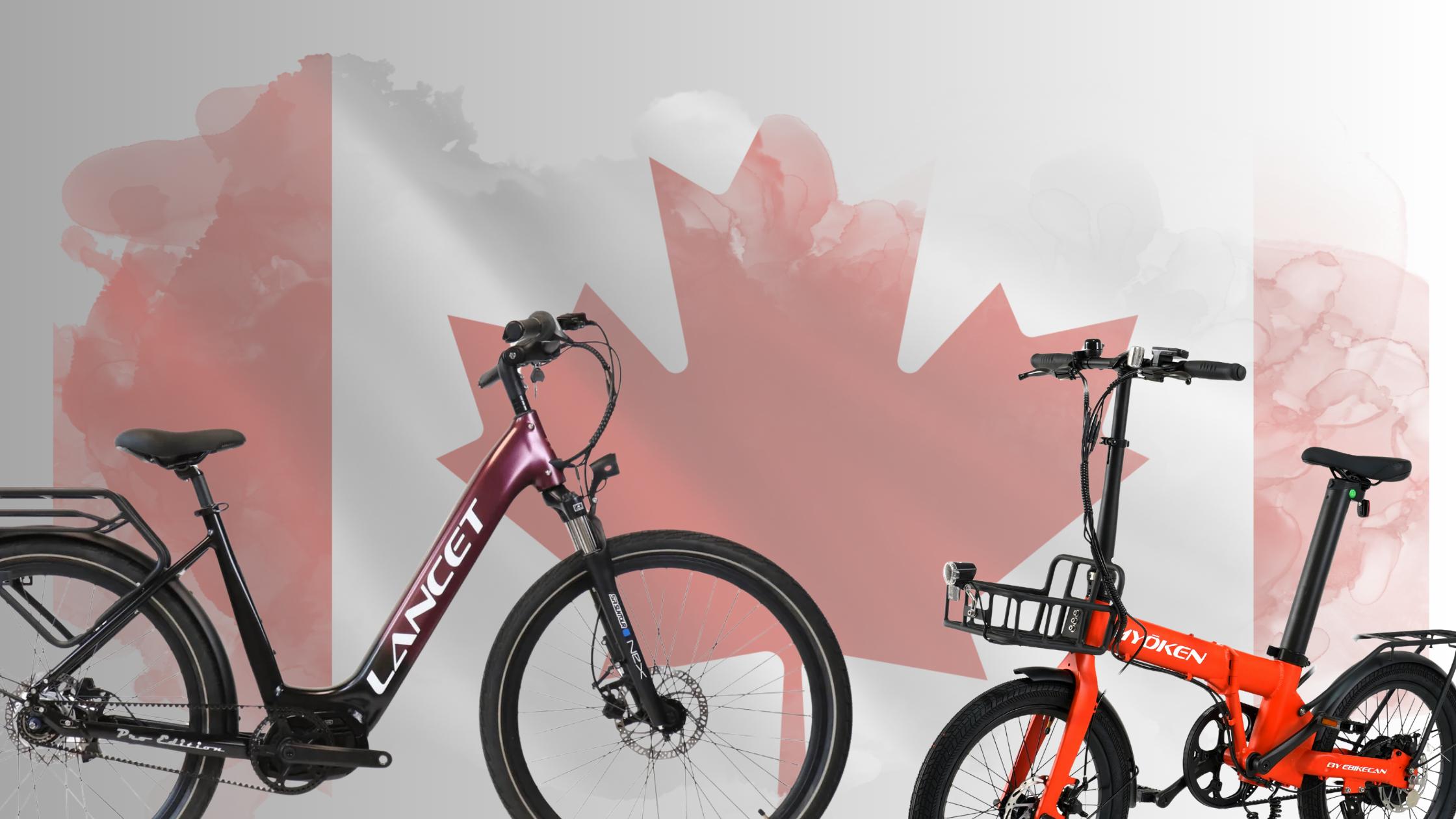
Share:
Helmets for Electric Bikes
EXPLAINED: Electric Bike Classifications